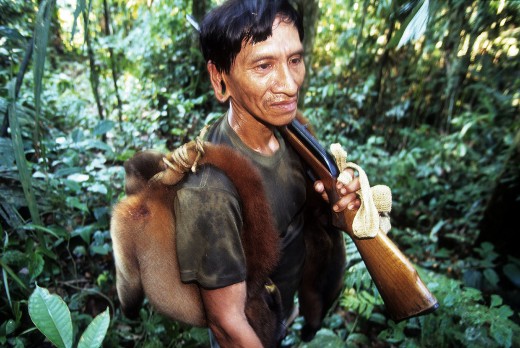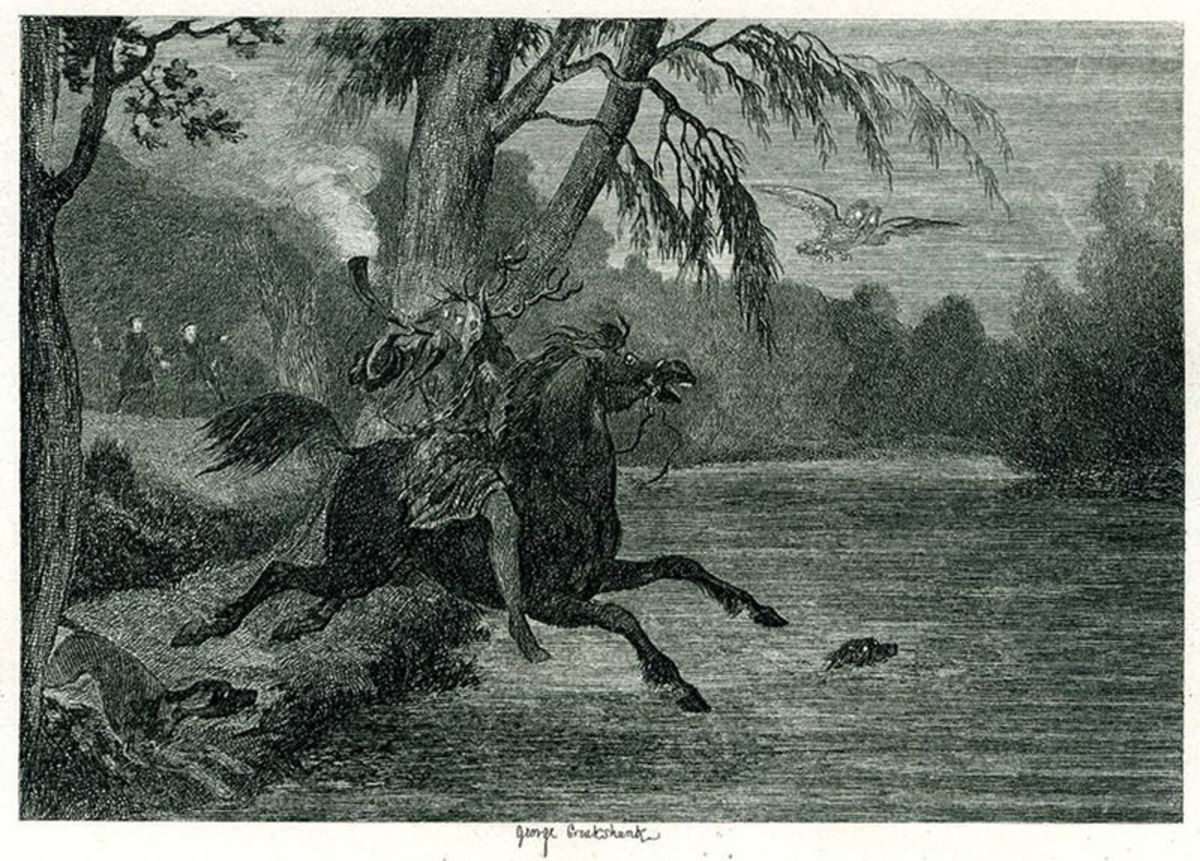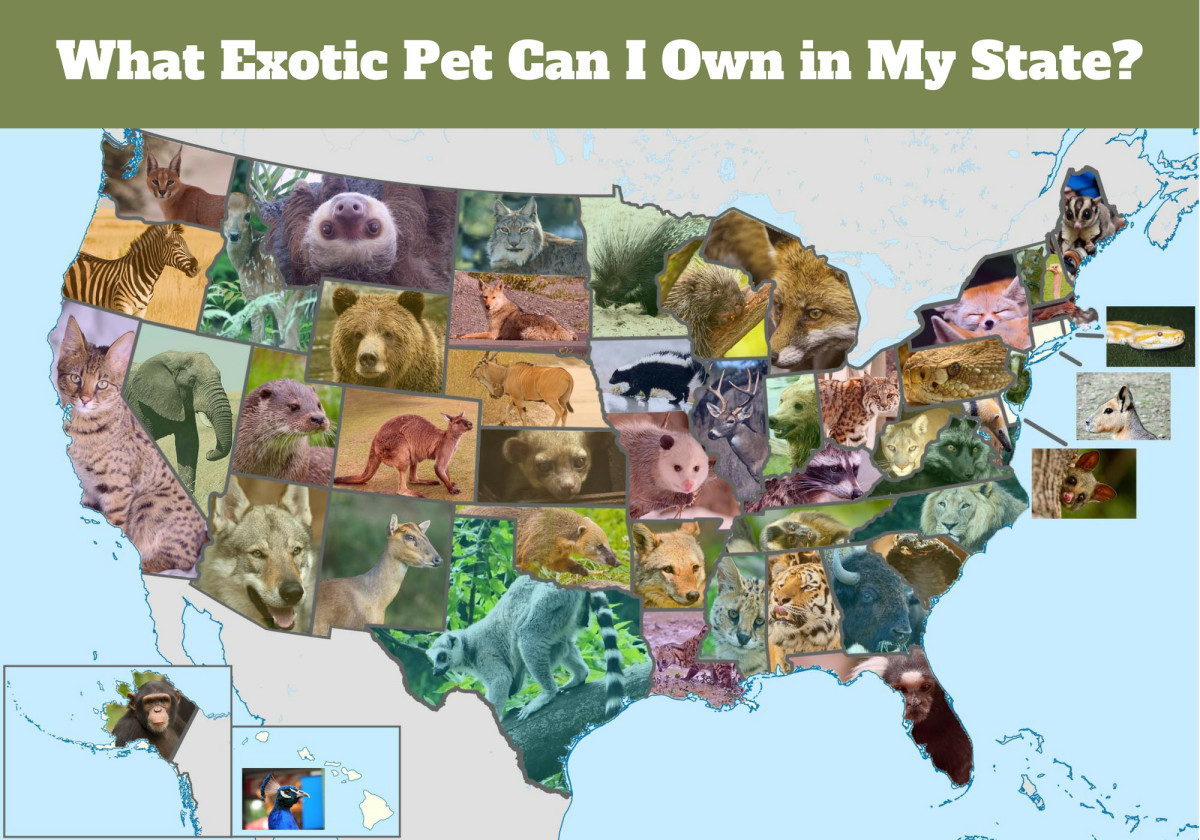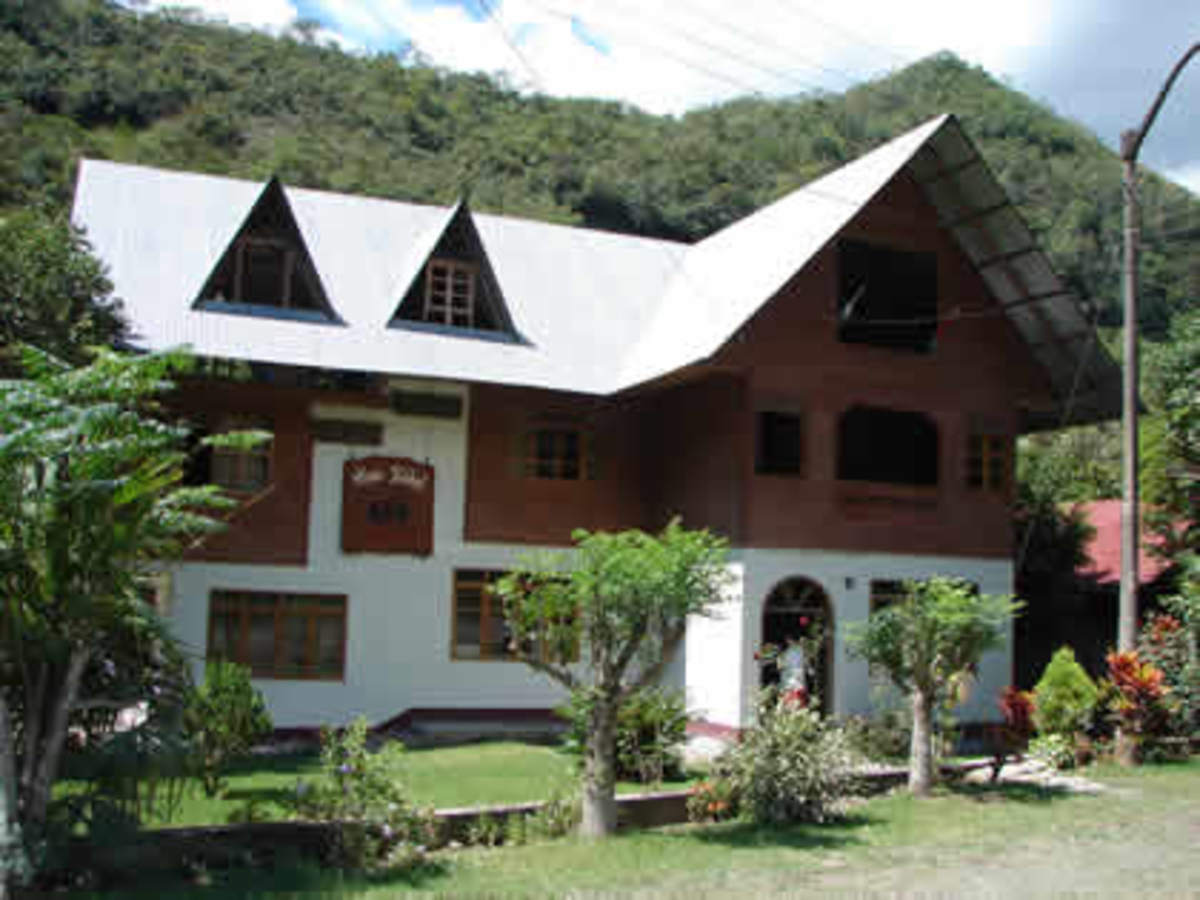Wild Meat: A growing Commodity in the Yasuni Region

The trade of wildlife and wildlife products in Ecuador is technically illegal; however, since the early 1990’s, wholesale wild meat markets have been operating in regions bordering the Yasuni National Park in Ecuador's Amazonia region. Indigenous Waorani and Kichwa communities trade various animal species at the wild meat markets, including peccaries, primates, reptiles, birds, and fish.Suarez et al.‘s (2009) study of the Pompeya meat market (situated about five kilometres outside the boundary of the national park) records a marked increase in the biomass of wild meat traded in the market. In 2005, an average of 145 kilograms of wild meat were traded each market day, rising to 327 kilograms per market day in 2007. The study attributes the increasing commodification of wild meat to the indirect influences of oil extraction facilities in the area (Suarez et al. 2009). These influences include the construction of a road into Yasuni National Park to facilitate an oil extraction facility, transport subsidies provided by oil companies to indigenous communities, and the local people’s acquisition of improved hunting and fishing technologies.
In 1993, the Maxus road—stretching about 100 kilometres within the boundaries of Yasuni National Park—was built to facilitate oil extraction in the region (Franzen 2006). Waorani communities are now established along the road, as it provides the local Waorani hunters with easy access to transport, and an avenue into previously inaccessible hunting territory (Franzen 2006). Additionally, the oil companies provide local communities with transport subsidies, which significantly reduces the cost of transporting wild meat to the Pompeya market. Oil companies also provide large sums of money to native inhabitants as payment for the use of the land. The injection of large amounts of money into the community draws more people to the area, increasing the population, and intensifying human impact on the environment. Moreover, the inflated economy allows for the acquisition of advanced hunting technologies such as guns and fishing nets, further increasing the community’s ability to overexploit wildlife. In a global context, the issue of wildlife exploitation in Yasuni is a relatively minor one; however, it is reminiscent of the global issue of human population increase, and its resulting intensification of environmental exploitation, such as wildlife hunting, deforestation, and mining.
My recent trip to the Tiputini Biodiversity Station concluded in the town of Coca With a few hours to spare before my flight home to Quito, I wandered through the town and saw the evidence of illegal wildlife products in full view of Ecuadorian authorities. Some of the produce being sold in the streets included Toucan beaks, brightly coloured feathered crowns and jewellery (many with feathers I was able to identify from birds I had seen at the station), various meats, and even a Boa-constrictor skin bikini top. Often these markets also sell more exotic products such as Jaguar skins. Authorities are unwilling to interfere with these markets, primarily to avoid conflict with the native people (Franzen 2006). The apparently high demand for bush meats and wildlife products, and the blatant retail of these products on public streets, presents a complex dilemma. How can wildlife hunting be regulated successfully when it is so economically viable and essential to an expanding community?
Reference
Franzen, Margaret. 2006. “Evaluating the sustainability of hunting: a comparison
of hunting profiles across three Huaorani communities.” Environmental Conservation 33(1):36-45.
Suarez, E., M. Morales, R. Cueva, V. Buchelli, G. Zapata-Rios, E. Toral, J. Torres, W.
Prado and J. Olalla. 2009. “Oil industry, wild meat trade and roads: indirect effects of oil extraction activities in a protected area in north-eastern Ecuador.” Animal Conservation 12:364-373.
Image 1. Retrieved from
http://www.brucefarnsworth.com/data/photos/456_1a296333bf_huorani_rifle.jpg
Image 2. Retrieved from
http://davidgilbertphotography.com/wp-content/uploads/2011/04/Amazon-Ecuador-Waoroni009.jpg








